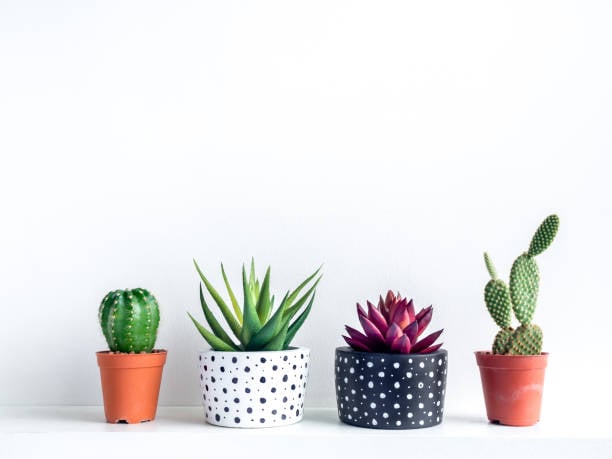Are Glazed Ceramic Pots Frost Proof? Exploring the Truth Behind the Myth
Glazed ceramic pots are a popular choice for gardeners and plant enthusiasts due to their aesthetic appeal and versatility. However, one common concern among gardeners is whether these pots can withstand frost without cracking or breaking. In this article, we will delve into the world of glazed ceramic pots and shed light on whether they are truly frost proof or not.
Understanding Glazed Ceramic Pots
Glazed ceramic pots are made by firing clay at extremely high temperatures, which results in a hardened and durable material. The glaze, a glass-like coating, is then applied to the surface of the pot to enhance its appearance and provide additional protection. The glaze can come in various colors and finishes, making glazed ceramic pots a popular choice for both indoor and outdoor use.
Factors Affecting Frost Resistance
While glazed ceramic pots are generally sturdy, their frost resistance can vary depending on several factors. One crucial factor is the quality of the glaze and its ability to withstand extreme temperature fluctuations. High-quality glazes are formulated to be more resistant to frost and are less likely to crack or chip when exposed to freezing temperatures.
Understanding Frost and Its Effects
Frost occurs when the temperature drops below freezing point, causing water to freeze and expand. This expansion can exert pressure on the material, leading to cracks or breakage. Glazed ceramic pots, like any other material, can be susceptible to this phenomenon if they are not designed to withstand the effects of frost.
Frost-Resistant Glazes
To ensure the frost resistance of glazed ceramic pots, it is important to look for pots specifically labeled as "frost-resistant" or "frost-proof." These pots are manufactured using specialized glazes that have been tested and proven to withstand freezing temperatures without damage. Investing in such pots can provide peace of mind, especially in areas with harsh winters.
Proper Care and Maintenance
Even if you have frost-resistant glazed ceramic pots, it is essential to take proper care of them to prolong their lifespan. During colder months, it is advisable to bring the pots indoors or move them to a sheltered area to protect them from extreme temperature changes. Additionally, avoid leaving excess water in the pots, as it can freeze and potentially cause damage.
Avoiding Rapid Temperature Changes
Another factor to consider when determining the frost resistance of glazed ceramic pots is the rate of temperature change. Sudden and significant temperature fluctuations can put stress on the material, making it more susceptible to cracks and breakage. Therefore, it is advisable to avoid exposing the pots to rapid temperature changes, such as moving them from a heated indoor environment to freezing outdoor conditions.
Insulating Pots for Added Protection
If you live in an area with particularly harsh winters or want to provide extra protection for your glazed ceramic pots, insulating them can be a viable option. You can use materials such as bubble wrap or horticultural fleece to wrap the pots, creating a layer of insulation that helps retain heat and prevent frost damage. However, ensure that the pots have proper ventilation to avoid trapping excess moisture.
Alternative Materials for Frost Prone Areas
If you reside in an area with extremely cold winters or experience frequent frost, you may consider alternative materials for your plant pots. Materials like plastic, fiberglass, or concrete are known to have better frost resistance compared to glazed ceramic pots. These materials are less likely to crack or break under freezing conditions and can be a more reliable choice for frost-prone areas.
Consulting with Experts
If you are unsure about the frost resistance of your glazed ceramic pots or need specific advice for your local climate, it is recommended to consult with gardening experts or professionals in your area. They can provide valuable insights and recommendations based on their knowledge and experience, ensuring that your pots remain intact during frosty weather.
Conclusion
While glazed ceramic pots can add beauty and elegance to any garden or indoor space, their resistance to frost may vary. Investing in high-quality, frost-resistant glazed pots and taking proper care of them can minimize the risk of cracks or breakage. However, in areas with severe winters, it might be beneficial to explore alternative materials that offer better frost resistance. By understanding the factors affecting frost resistance and taking the necessary precautions, you can enjoy your glazed ceramic pots all year round without worrying about the damaging effects of frost.

